10 Facts about Waist Training You SHOULD Know
Although waist training has been around for years, recently there has been enormous demand for it, which we can attribute to rising celebrity influence. But…

Although waist training has been around for years, recently there has been enormous demand for it, which we can attribute to rising celebrity influence. But…
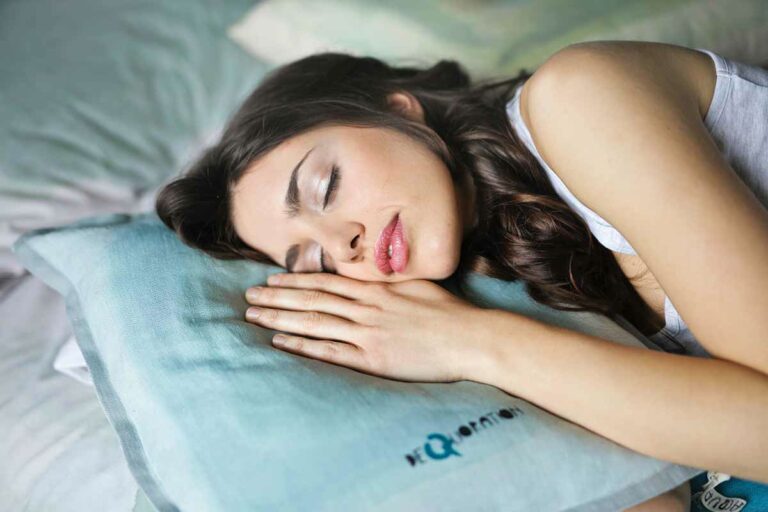
What Is Waist Training and Can It Be Performed While Sleeping? The core concept of waist training is completely based on the usage of a…

How often do you appreciate your wife and show her how much you love her? Spousal appreciation is crucial to nurturing a happy and healthy…

The perfume industry is constantly changing, and analyzing the fashion trends to come up with new ads and stories to capture your attention and interest….
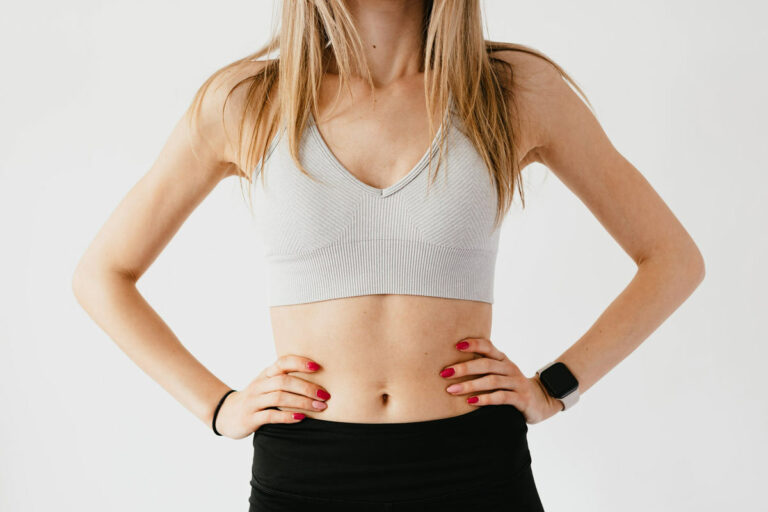
What exactly are waist trainers and what purpose do they serve? One of the biggest challenges for both men and women is the accumulation of…
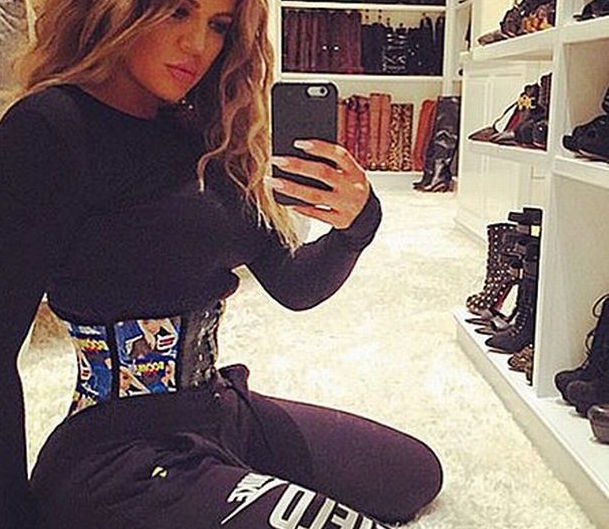
If you weren’t born blessed with an hourglass figure, join the club. I’ve often longed for that 18th century waistline, but how do you get…
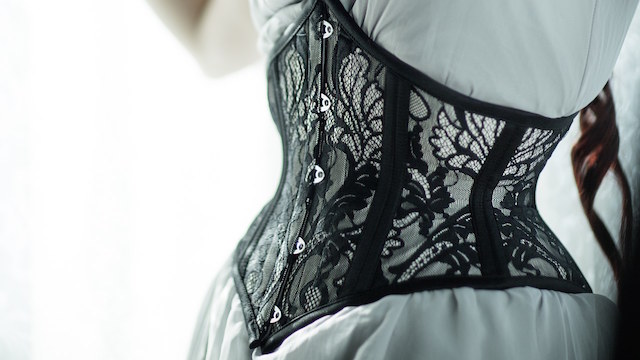
The best way to learn about something is to read up on it and waist training is no exception. In fact, doing your research on…
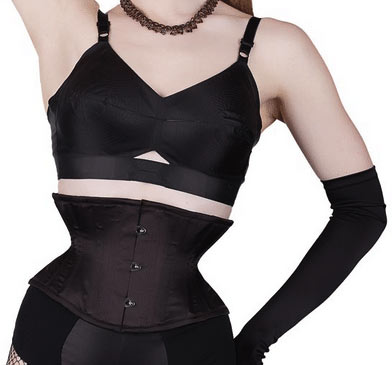
You’ve seen the pictures of celebrities in waist cinchers. You’ve marveled at the before and after stories of corset training women. You’ve perused through countless…
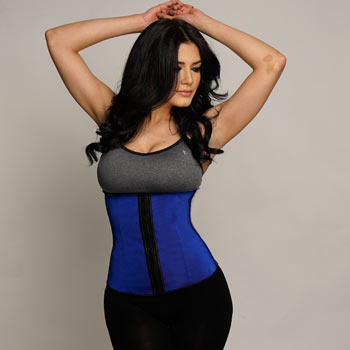
Spend a few minutes looking for waist training tips on Google and you’ll notice a lot of contrasting opinions. On one hand, there are the…
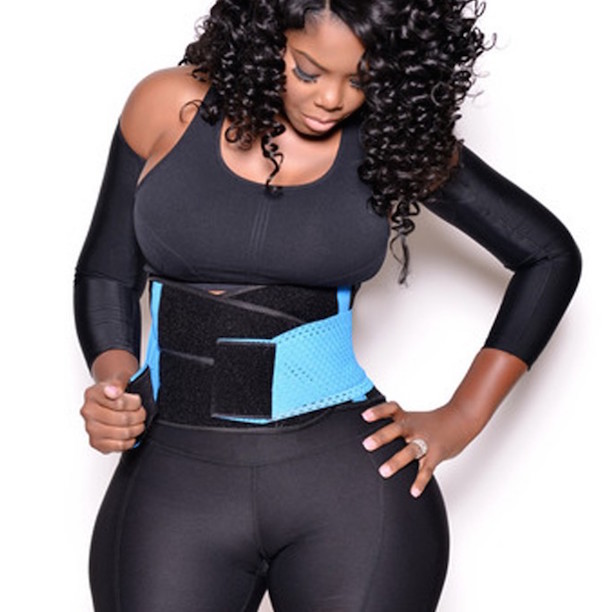
Steel boned corsets, latex waist cinchers, neoprene waist wraps…there are so many different types of waist trainers that it can be completely overwhelming when you’re…
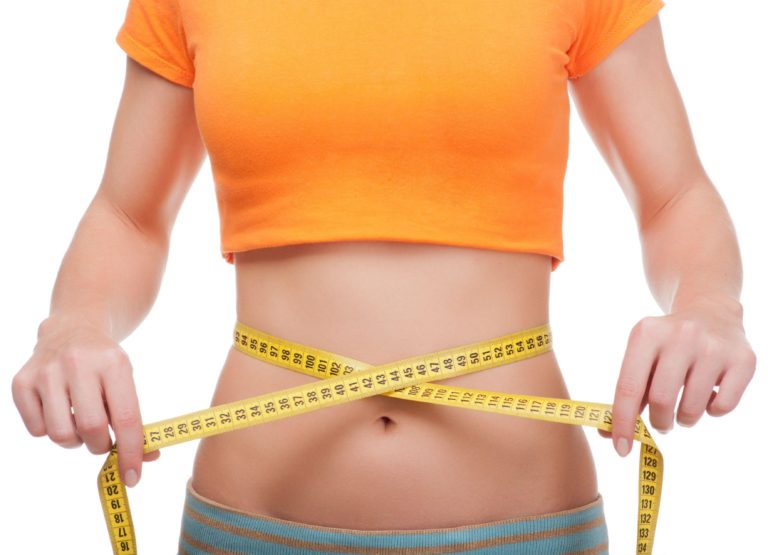
Waist training sounds simple enough. You have a waist. You get a waist trainer. You put it on. And that is the bare gist of…

Remember that Thanksgiving episode of Friends, where Joey makes Monica cook him a whole turkey, promising that he’ll eat it all on his own? On…

So, you’ve decided to train your waist. Commitment to the journey? Check. Got the best waist trainer for your needs? Check. Read and memorized waist…

Ah, the temptation of waist training at night. It seems like such an easy way to accelerate your progress. A full six to eight hours…

Ready to dip a toe into the waters of corset training and wondering, what is the best waist trainer corset? There are several factors that…
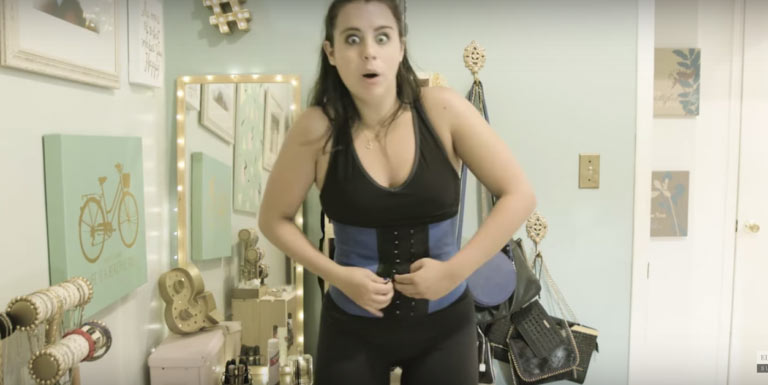
The very first thing most of us want to know when embarking on a new journey is how long it’ll be before we start seeing…
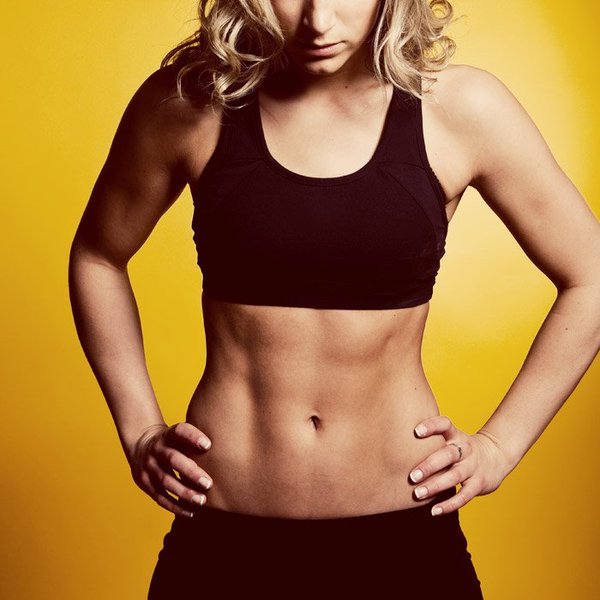
If you’ve spent any time researching waist training or talking to waist trainers, you’ll have discovered one simple truth: Waist training works. Within a few…
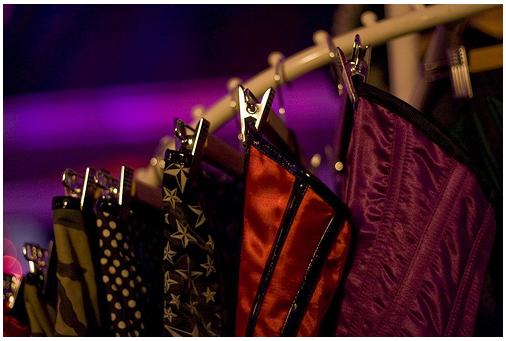
You’ve decided you want a curvy, hourglass figure and the best way to get is through waist training. You’ve done your research and learned about…

You don’t hear too often about the benefits of waist training but I’m sure you’ve wondered. Perhaps you saw photos of Kim Kardashian West sporting…
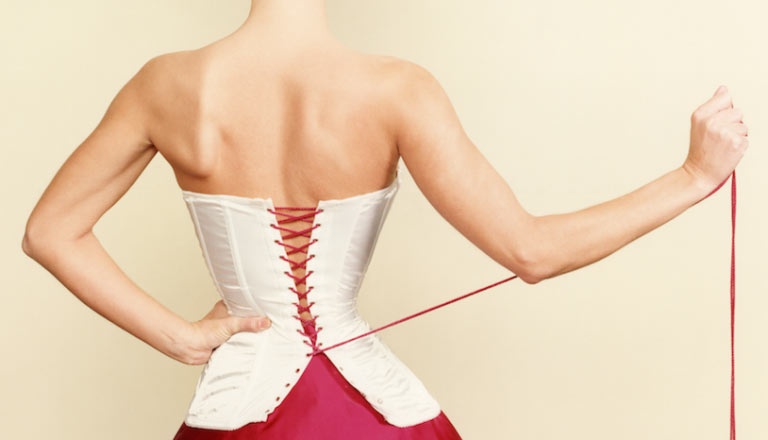
There’s been a lot of hullabaloo surrounding the phenomenon of waist training over the past few years. On one hand, you have celebs and regular…
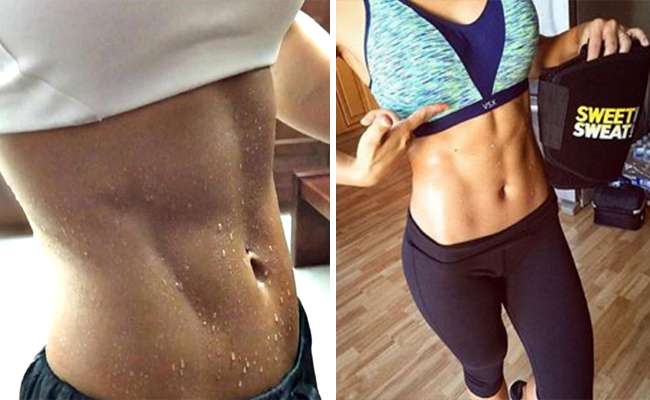
Corsets give you an instant hourglass figure by reducing your waistline by several inches. Even better? They improve your posture, keep your core warm and…
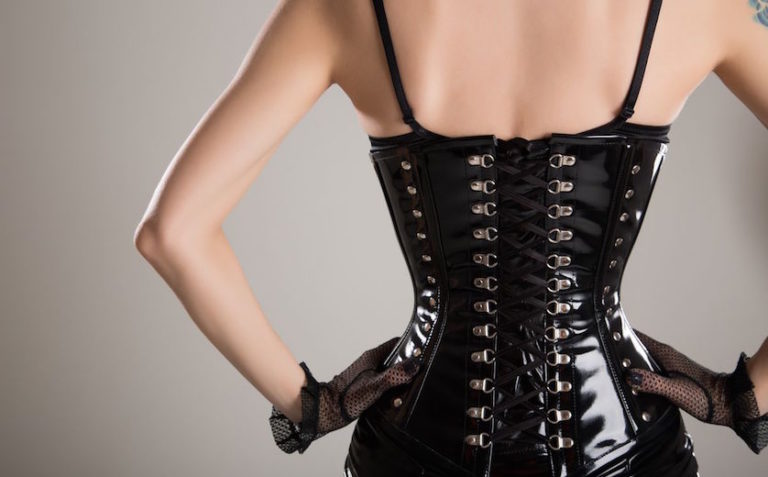
Wearing a corset is no easy task. In fact, it’s probably one of the most uncomfortable things you can do to yourself while trying to…
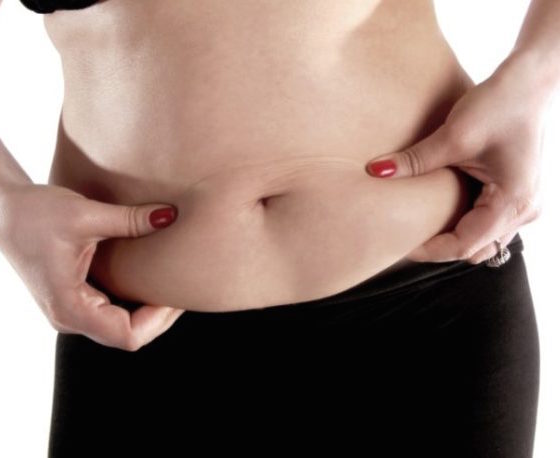
Detox is a big buzzword these days. From several week-long liquid fasts to colon cleanses, people all over the world are jumping aboard the detox…
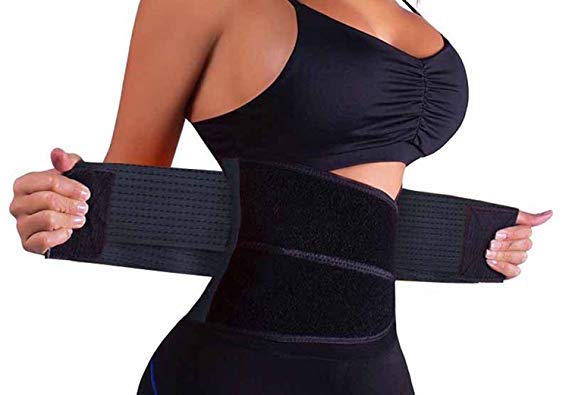
Unless you’ve literally been living under a rock, you’ve heard about waist training. You’ve seen pictures of celebrities posing in contraptions that squeeze their already…